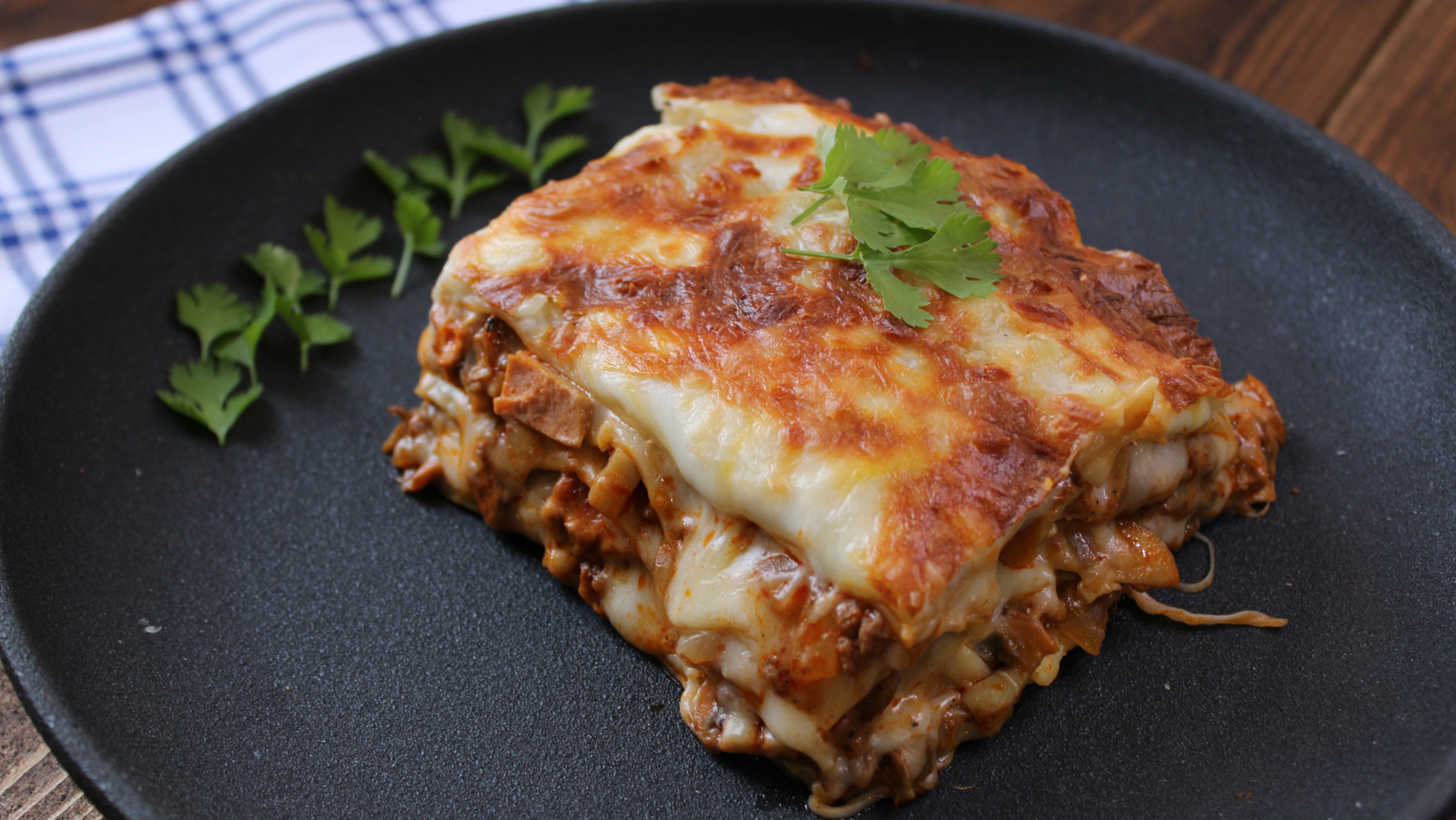
Beef stew is one of those classic comfort foods we turn to when it's cold out, mainly because it's easy to make, always tasty, and fills your house with the warming smells of beef cooked low and slow. While traditional recipes often rely on browned meat, red wine, and Worcestershire sauce to provide most of the dish's flavor, Martha Stewart has a signature twist that sets her stew apart: a splash of balsamic vinegar. While you might think this sort of sauce is best used in salads, balsamic vinegar balances the stew's hearty flavors, brightens the broth, and adds a complexity that makes each mouthful interesting.
Often balsamic vinegar is used in stew to complement the flavor of browned meat. However, Stewart uses this ingredient as a substitute for browning the meat. Skipping the browning process saves a great deal of time, making Stewart's beef stew a cinch to make.

Many people might worry that skipping the browning process will cause Stewart's stew to lack flavor, but that's where the balsamic comes in. The balsamic vinegar's purpose is to add sweetness and depth, providing the caramelized complexity that browned beef is usually responsible for. Its tanginess also balances the richness of the meat and broth, cutting through any fat.
Other ways to boost beef stew's flavor There are plenty of other ways to elevate your beef stew aside from adding balsamic vinegar. You've probably heard of , and the same logic applies here: Fish sauce adds a little umami kick and great depth to the dish without making it taste fishy. Those who might also have some flavor enhancers hidden away.
Parmesan cheese rinds are a great addition to beef stew; the rinds add a rich nutty flavor and will also thicken the stew, giving it a luxurious texture. As an added bonus, the rinds themselves — once softened — can be eaten. While experimenting with the above flavor boosters is all well and good, make sure you are still .
Fail to do this and your stew, no matter how many flavor boosters it contains, will land a little flat. Recommended.














